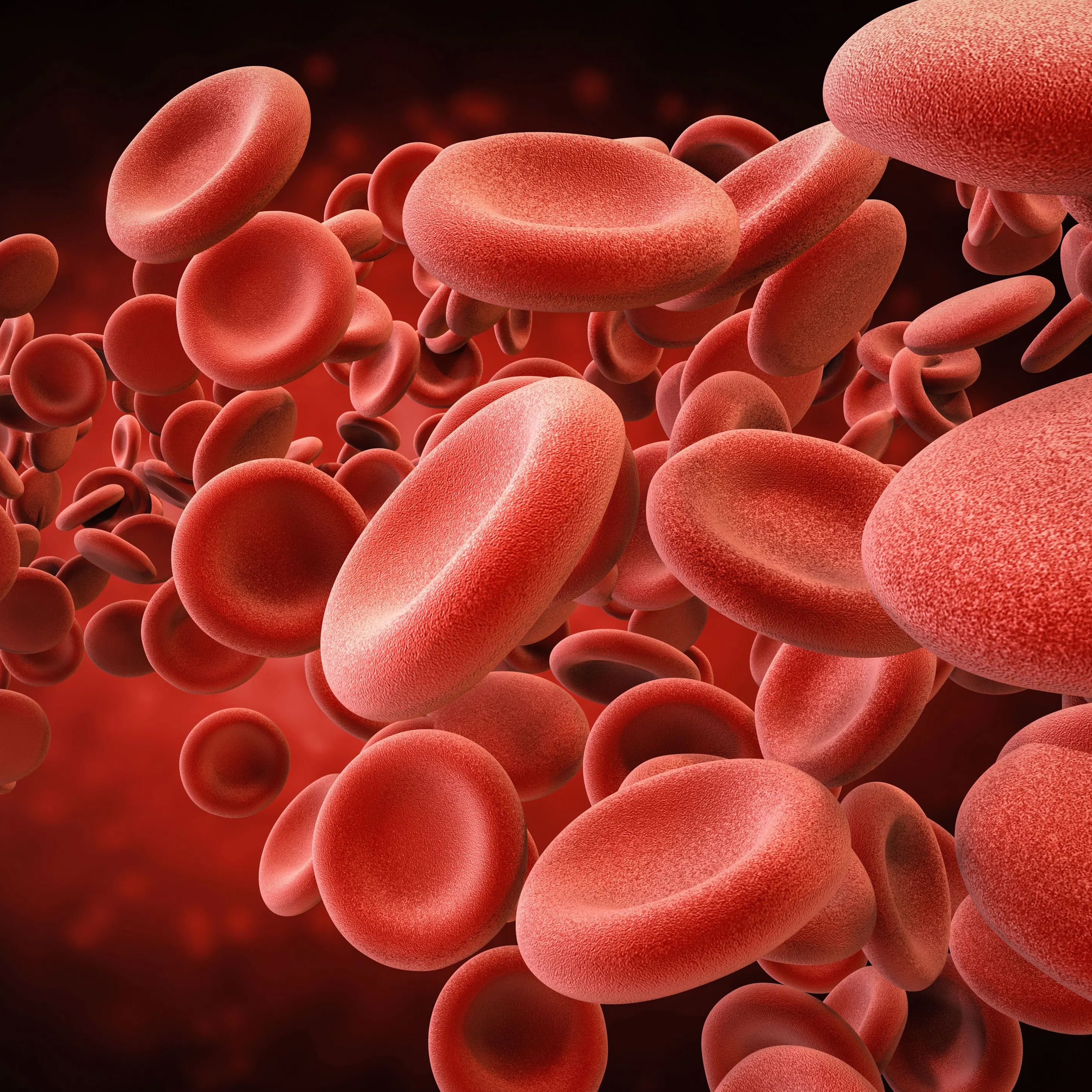Article
Ice Hockey Danger: Carbon Monoxide Poisoned Dozens
Author(s):
Ice hockey can be a rough sport, but in an investigation into an incident in Wisconsin, the US Centers for Disease Control and Prevention warned that spectators are also at risk when arenas lack carbon monoxide detectors. Dozens of players and spectators were sickened with CO poisoning at the game.

An ice hockey game held in Wisconsin in December, 2014 played out like a scene from a zombie apocalypse, local papers reported at the time.
The Ice Hawks and Dells Ducks were battling it out when players started vomiting and fainting. By the time the crisis was over, 92 people, including some spectators, had been taken ill and transported to hospitals.
In an analysis released today, the US Centers for Disease Control and Prevention (CDC) confirmed what local emergency officials had suspected: carbon monoxide poisoning from a faulty ice-resurfacing machine had filled the ice rink with potentially lethal fumes.
The arena has since installed CO detectors. The incident should be a cautionary tale, the CDC noted.
“Other public health stakeholders with multiple ice rink venues might consider this approach as an avenue for primary prevention,” the CDC noted, adding that the public is not generally aware of this ice-rink hazard.
According to the CDC recap and analysis of the Wisconsin incident, 80% of evaluated patients, including 32 hockey players, met the criteria for CO poisoning. Their COhb levels ranged from 5.1% to 21.7%.
Two patients, a hockey player who lost consciousness at the ice arena and a woman aged 25 years who was 19 weeks pregnant, received hyperbaric oxygen treatment as inpatients. A hockey player who lost consciousness had the highest measured COhb blood level (21.7%). Supplemental oxygen was administered to 91 patients.
The CDC said CO levels of 45 ppm to 165 ppm had been detected by local officials on the night of the game. Acceptable air quality standards call for ≤20 ppm. The measurement taken near the locker room where the hockey player lost consciousness was 140 ppm.
In its report, the CDC noted that only a few states require CO detectors in such arenas.
The agency also suggested that it might be time to switch to electric ice resurfacing vehicles.





